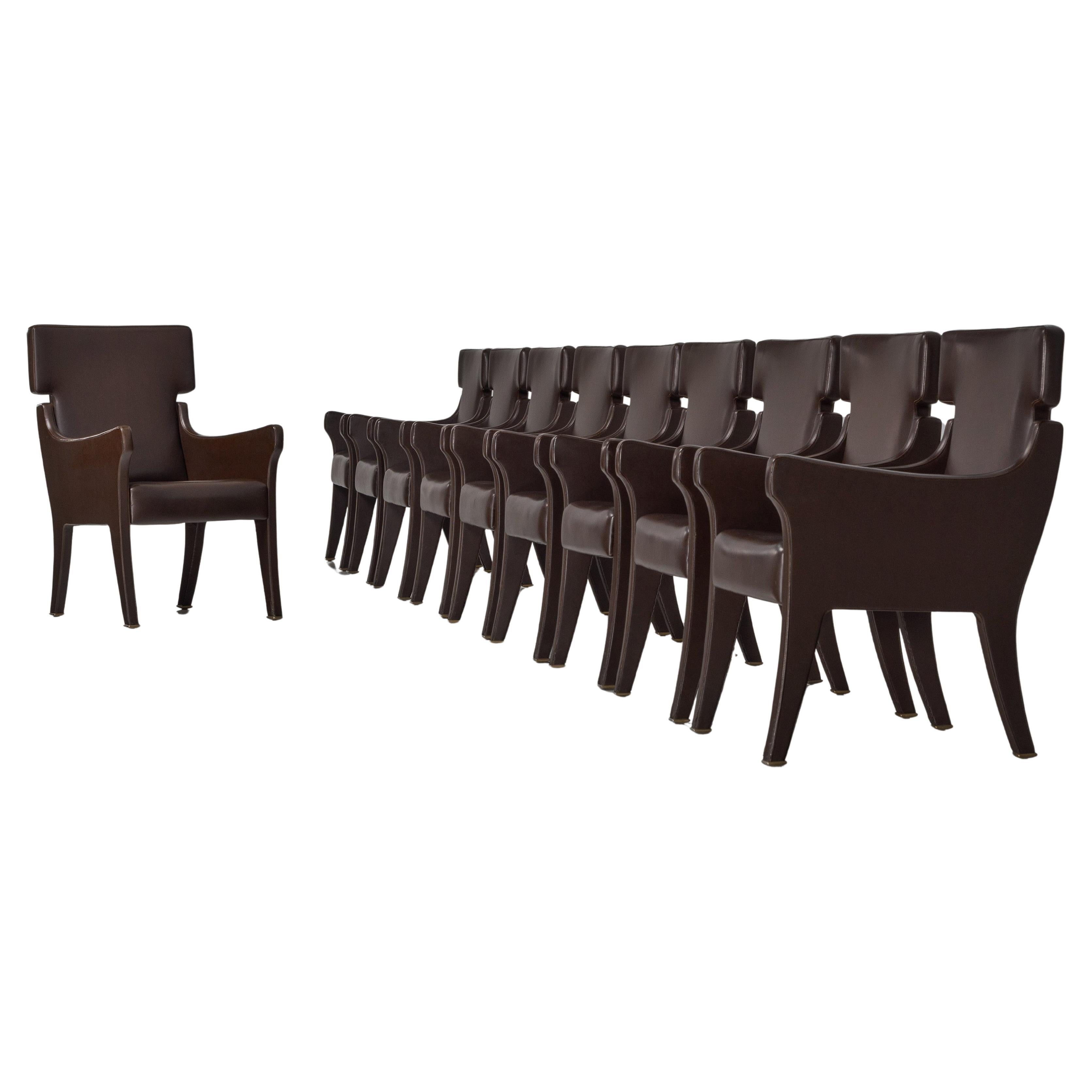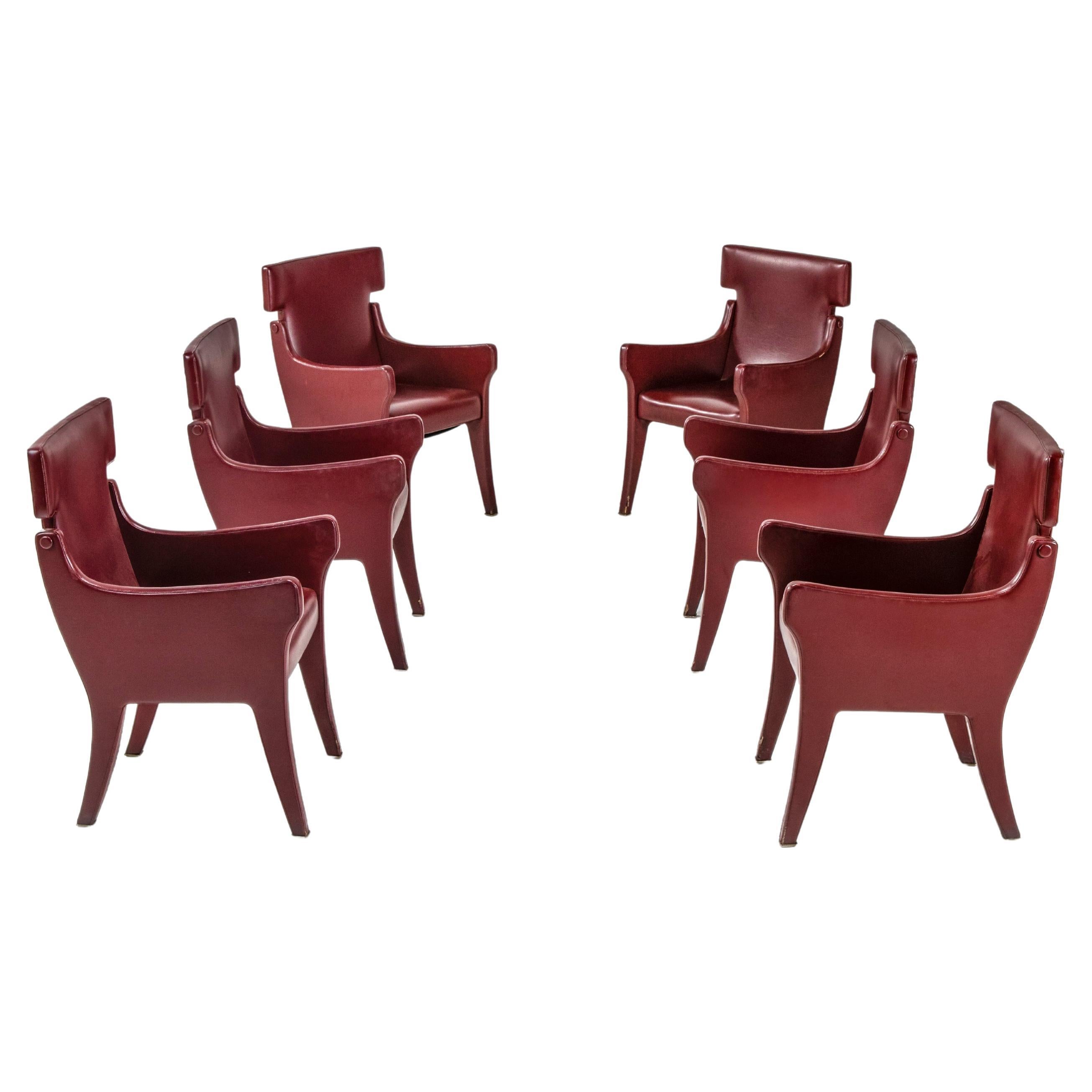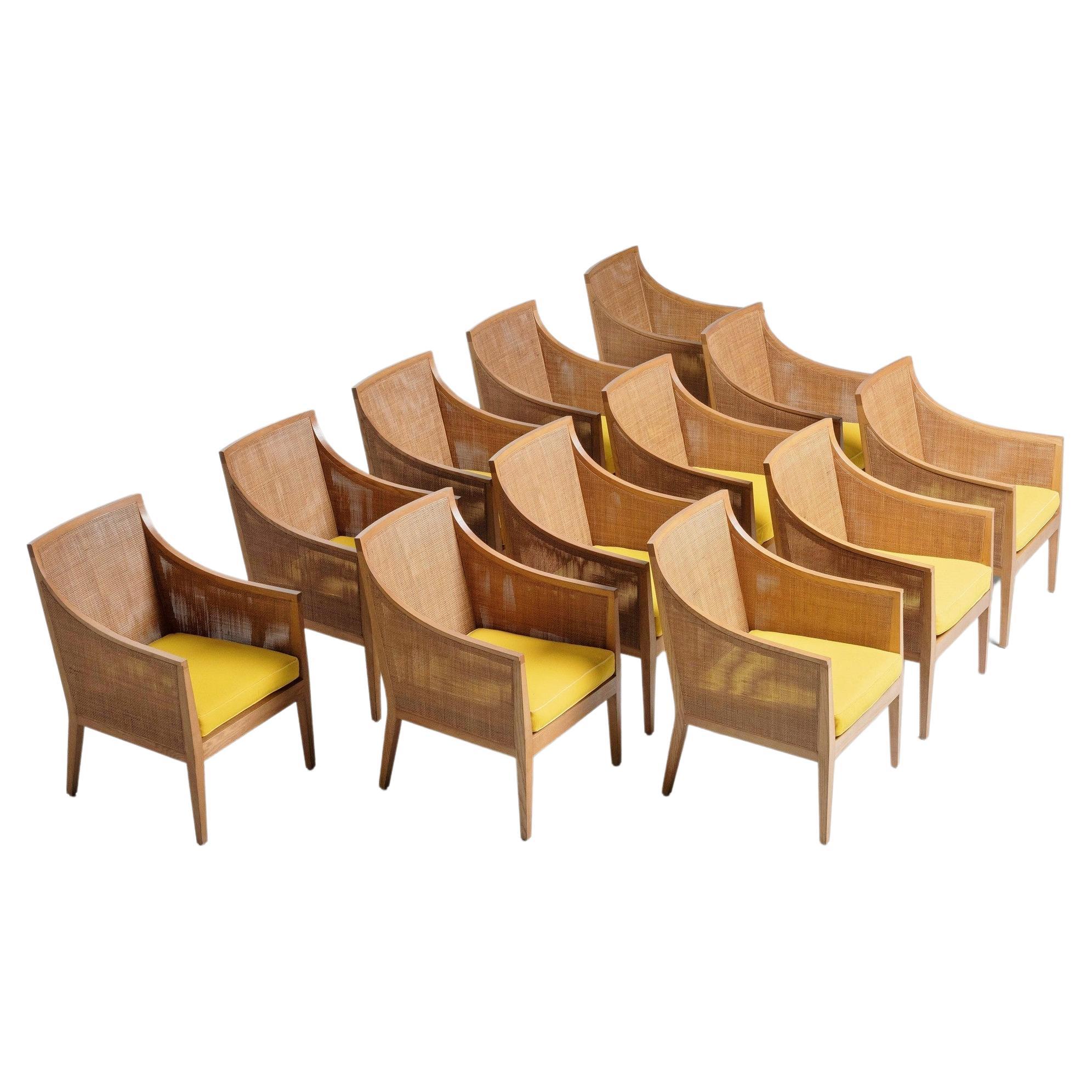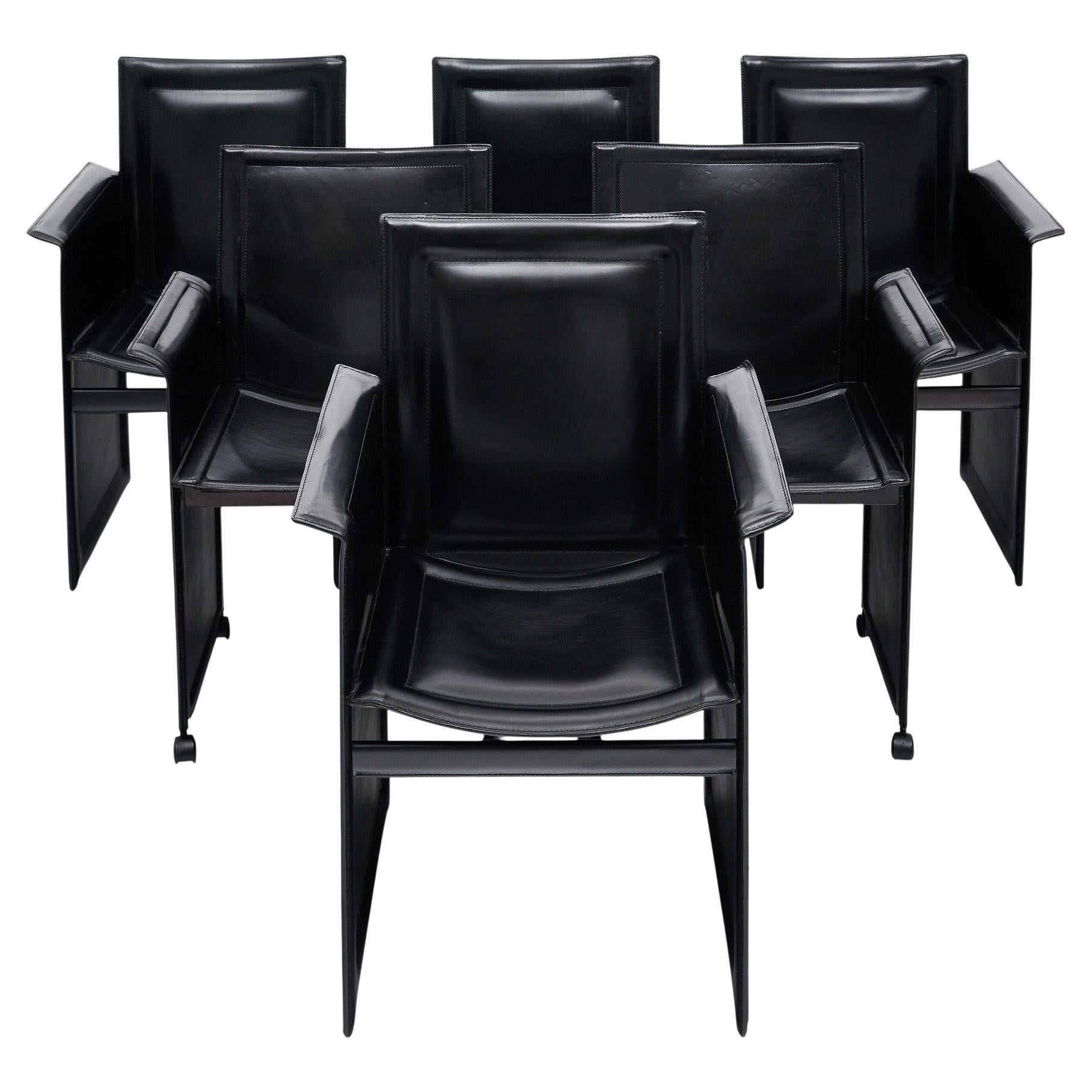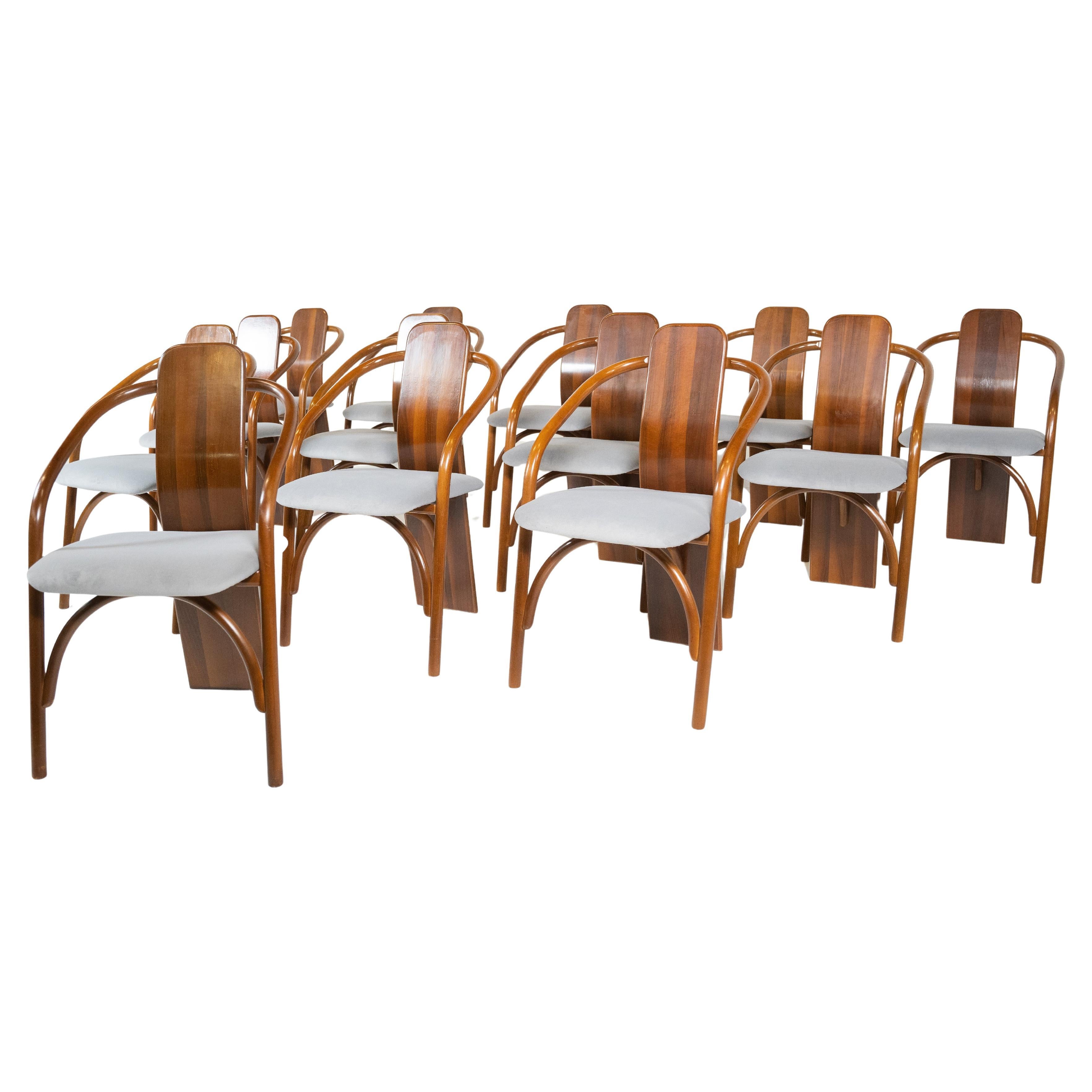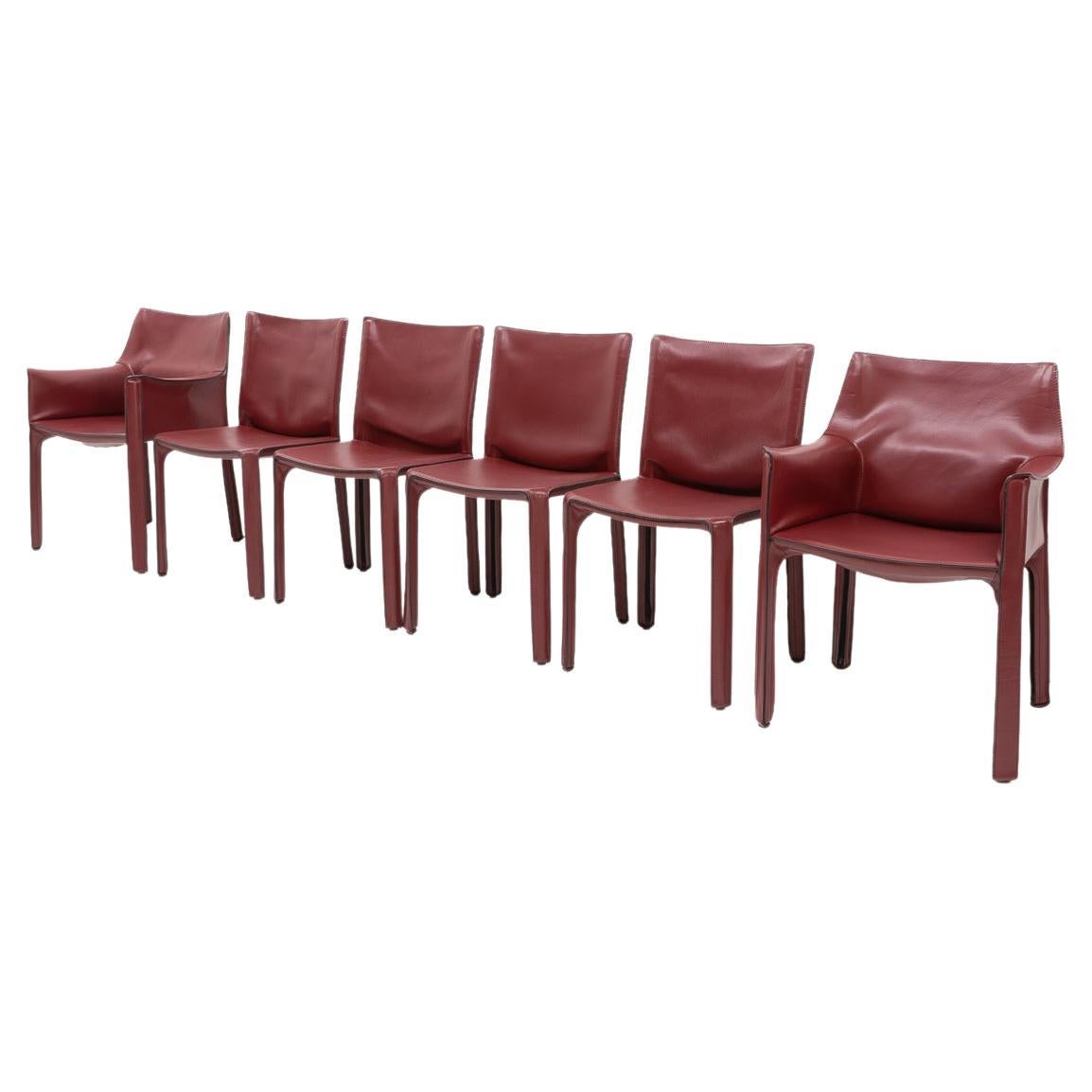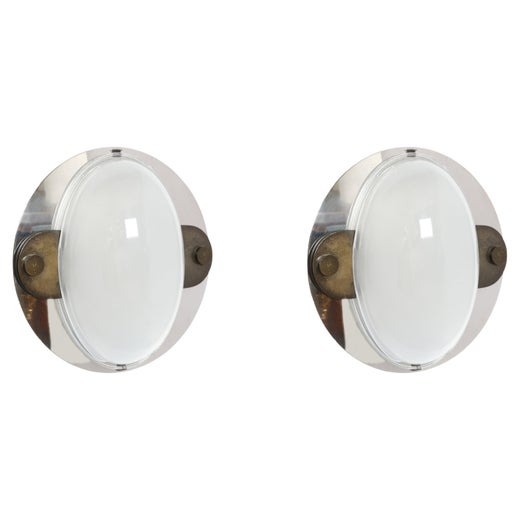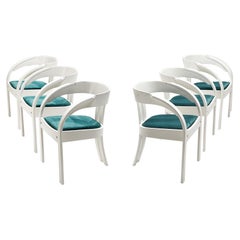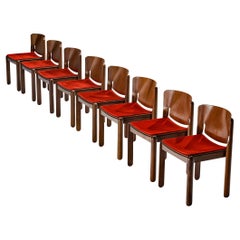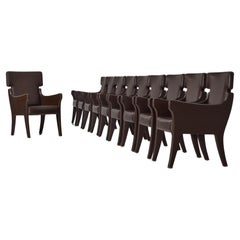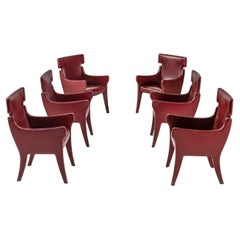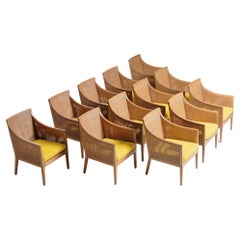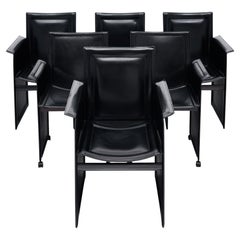Rare Ignazio Gardella for Azucena Early Set of Ten ‘R63’ Armchairs
Angaben zum Objekt
- Schöpfer*in:Azucena (Hersteller*in),Ignazio Gardella (Designer*in)
- Maße:Höhe: 90 cm (35,44 in)Breite: 61 cm (24,02 in)Tiefe: 65 cm (25,6 in)Sitzhöhe: 44 cm (17,33 in)
- Verkauft als:Set von 10
- Stil:Moderne der Mitte des Jahrhunderts (Aus dem Zeitalter)
- Materialien und Methoden:
- Herkunftsort:
- Zeitalter:
- Herstellungsjahr:1960s
- Zustand:Abnutzung dem Alter und der Nutzung entsprechend. Every item Morentz offers is checked by our team of 30 craftspeople in our in-house workshop. Special restoration or reupholstery requests can be done. Check ‘About the item’ or ask our design specialists for detailed information on the condition.
- Anbieterstandort:Waalwijk, NL
- Referenznummer:Anbieter*in: 501169901stDibs: LU933145344512
Azucena
Die Vintage-Möbel Azucena sind elegant und einladend - die Wandleuchten, Sessel und Beistelltische des geschätzten Mailänder Herstellers aus der Mitte des Jahrhunderts, die sich durch schlichte Symmetrie und durchdachte Materialkontraste auszeichnen, sind wahrscheinlich in den Wohnzimmern von Designliebhabern in ganz Italien zu finden.
Azucena wurde 1947 von drei führenden Persönlichkeiten der italienischen Architektur des 20. Jahrhunderts gegründet: Luigi Caccia Dominioni, Ignazio Gardella und Corrado Corradi Dell'Acqua. Das Trio gründete Azucena zunächst, um die Innenräume der von ihnen entworfenen Gebäude einzurichten, fand aber in der Herstellung von Einzelstücken aus diesen Kollektionen für die Verbraucher der Nachkriegszeit eine solide Geschäftsmöglichkeit. Und da die Firmengründer den Markennamen einer hinterhältigen Figur aus der Oper von Giuseppe Verd Il Trovatore entliehen haben, ist es passend, dass die Möbel, für die Azucena bekannt ist, praktisch sind, aber auch einen Hauch von Verspieltheit ausstrahlen.
Das Beste des italienischen Modernismus verbindet Frechheit und kühne Funktionalität mit provokativem und durchdachtem Design, und Azucena ist tief in dieser Tradition verwurzelt. Während die von Dell'Acqua und Vico Magistretti entworfenen Esstische aus Messing und Nussbaum aus der Mitte des Jahrhunderts und die stapelbaren Couchtische in kleinen Räumen außergewöhnlich unauffällig sind und von klaren Linien umrahmt werden, entwarf Dominioni in den 1970er Jahren klobige, umhüllende Sessel, die mit einem auffälligen roten Stoff bezogen sind.
Zu Azucenas erfolgreichsten und ikonischsten Entwürfen gehört auch das berühmteste Möbelstück von Dominioni: der minimalistische Stuhl Catalina. Nach seinem Debüt auf der Mailänder Triennale 1957 wurde der Catalina-Stuhl mit seinem großzügig geschwungenen, emaillierten Stahlrahmen und dem weichen Lederkissen sofort zur Sensation. Zu Dominionis anderen nachhaltigen Entwürfen für Azucena gehören die Monachella Lampe, der ABCD Sessel und der vielseitige Cilindro Hocker.
Der italienische Möbelhersteller B&B Italia hat Azucena im Jahr 2018 übernommen und eine Reihe von Entwürfen aus dem Portfolio der legendären Marke neu aufgelegt, wie die Imbuto Leuchte, den Catalina Sessel und den Cavalletto Tisch.
Auf 1stDibs, finden Sie Vintage Azucena Beleuchtung, Tische, Sitzmöbel und mehr.
Das 2006 gegründete Unternehmen MORENTZ verfügt über ein Team von ca. 55 Restauratoren, Tapezierern, Innenarchitekten und Kunsthistorikern und ist somit eine Galerie, Werkstatt und Polsterei in einem. Jeden Tag treffen sorgfältig ausgewählte Möbel des 20. Jahrhunderts aus der ganzen Welt im Lager der Firma ein, wo das Team jedes Stück gründlich untersucht, um festzustellen, ob und welche Arbeiten durchgeführt werden müssen. Ob es sich um eine neue Polsterung oder eine komplette Restaurierung handelt, MORENTZs Ziel ist es immer, die Absicht des Designers zu ehren und gleichzeitig die Wünsche des Kunden zu erfüllen. Das Team ist jeder Herausforderung gewachsen, von der Restaurierung eines Einzelstücks bis zur Einrichtung eines großen Hotelprojekts.
- VersandAngebot wird abgerufen …Versand von: Waalwijk, Niederlande
- Rückgabebedingungen
Mehr von diesem*dieser Anbieter*in
Alle anzeigenVintage, 1960er, Italienisch, Moderne der Mitte des Jahrhunderts, Sessel
Stoff, Holz
Vintage, 1960er, Italienisch, Moderne der Mitte des Jahrhunderts, Esszim...
Samt
Vintage, 1960er, Italienisch, Moderne der Mitte des Jahrhunderts, Esszim...
Samt, Walnuss
Vintage, 1960er, Italienisch, Moderne der Mitte des Jahrhunderts, Stühle
Leder, Asche
Vintage, 1960er, Französisch, Moderne der Mitte des Jahrhunderts, Esszim...
Buchenholz
Vintage, 1980er, Italienisch, Postmoderne, Esszimmerstühle
Leder, Buchenholz
Das könnte Ihnen auch gefallen
Vintage, 1960er, Italienisch, Moderne der Mitte des Jahrhunderts, Sessel
Messing
Vintage, 1960er, Italienisch, Sessel
Kunstleder, Schaumstoff, Sperrholz
Vintage, 1970er, Italienisch, Moderne der Mitte des Jahrhunderts, Sessel
Stoff, Rattan, Buchenholz
Vintage, 1970er, Italienisch, Moderne der Mitte des Jahrhunderts, Esszim...
Metall
Vintage, 1980er, Italienisch, Moderne der Mitte des Jahrhunderts, Esszim...
Holz
1990er, Italienisch, Moderne der Mitte des Jahrhunderts, Beistellstühle
Metall
